 Abraham Lincoln
If given the truth, the people can be depended upon to meet any national crisis...
Abraham Lincoln
If given the truth, the people can be depended upon to meet any national crisis...
 Guildford news...
for Guildford people, brought to you by Guildford reporters - Guildford's own news service
Guildford news...
for Guildford people, brought to you by Guildford reporters - Guildford's own news service
Birdwatcher’s Diary No.233
Published on: 4 Jun, 2021
Updated on: 8 Jun, 2021
By Malcolm Fincham
Turbulent weather continued into the second half of May.
While the Met Office declared April to be one of the driest on record, it was already well-on-track to becoming the wettest May, with further heavy rain forecast.
With temperatures throughout remaining below average, compared to this time last year, I had few opportunities to add species of butterflies to my yearly list.
I made a return visit to Unstead Sewage Farm on May 16. While attempting to dodge, sometimes unsuccessfully, incoming heavy showers, I saw plenty of hirundines still arriving. House martins, by now seemingly outnumbering the swallows on display.
Swifts were the most dominant of bird, screaming over the sewage works.
Caught under another cloudburst, I just had time for a record shot of a pair of shoveller ducks, before retreating to the car as the rain again poured down. At least it was a fine day for ducks!
Always a better option for me to visit during such times of inclement weather is Britten’s Pond, off Salt Box Road, due to its close proximity to the car park.
An extended family of a dozen or more greylag geese are a continual sighting there. Unlike true wild ones, these had evolved from domesticated stock over the years, not knowing how to migrate.
The Canada geese are similarly ignorant. One pair seen was with four goslings on parade.
A pair of common terns had arrived all the way from their winter home in the southern-most parts of South Africa, in hope of finding a place to breed.
It’s quite possible they were the same pair that had hoped to nest on the tern rafts, unfortunately vandalised last year, at the Riverside Nature Reserve.
During the last week of the month, just the one common tern arrived mid-afternoon to do its fishing. A sad sight to see indeed. As we’re all aware, one good tern deserves another!
A fine sight was to see the pair of mute swans now parading their cygnets around the Britten’s Pond.
Although the original six had dwindled to four by the last week of the month, despite the adult male chasing off anything in its view on the pond.
Most often it would be the Canada and greylag geese that would be harried into taking flight to a quieter part of the pond. Even those feisty coots were not prepared to argue and looking rather awkward in their flight low across the water.
May 25, surprisingly, was my first sighting of a kingfisher there. Glimpsing it to have a pure black beak suggested it to be a male, flying low across the water.
One bittersweet sight was the lone great crested grebe that I had continued to see there since winter months.
Still on its own and now in its summer plumage, as I watched it on May 26 it was collecting nesting material, placing it by the small island, with no sign of a partner present.
One of my favourite challenges is attempting (sometimes with reasonable success) to take photos on days when a few of the fish take to breech the surface.
I also still seemed to have my ‘eye in’ this year spotting the non-singing, brown caped, female blackcaps.
Grey wagtails continued to be seen, fly-catching from one of the islands.
While a grey heron was more often than not present.
A locally breeding pair of common buzzards could often be seen just above the tree line.
Also on May 26, just down the Salt Box Road at Whitmoor Common, I was welcomed into the car park by the sight of a mistle thrush collecting food for its young.
A willow warbler had at long last arrived and could be heard singing his delightful song.
In the now derelict horse paddocks, green woodpeckers could be seen taking advantage of the month’s excess rainfall. They probed the soft substrate for worms and other invertebrates.
A great spotted woodpecker could be viewed in the canopy of trees. Its beak full of insects to take to its young.
As the sun retreated over the horizon the air grew still. Just the last contact calls from the blackbirds, stonechats and Dartford warblers could be heard.
A common whitethroat, determined to have the last say, sang briefly, its last tune of the day before it also fell silent.
Shortly after an eerie sound began to envelope the heathland, breaking the silence of the twilight air.
At least two nightjars could be heard churring. Not being the easiest to photograph due to the time of day. I was, however, able to ‘snatch’ a few record shots.
A nice bonus to the evening’s sightings, though unable to photograph, was a woodcock, in-flight, calling as it flew overhead.
Precipitation continued to remain the theme, catching me out on a number occasions. I was able to catch what I thought would be a dry spell to visit to Thursley Common on May 23. unfortunately it turned into another one of sun and showers.
‘Colin’ the cuckoo was once again in the Parish Field. It was good timing on our part.
His audience, a handful of photographers, had been patiently been waiting since 7.30am. It was by then after midday.
‘Colin’ sure knows how to play to a crowd when he eventually entered the arena. It was at least his seventh year of journeying back and forth from his winter home in Africa.
Late arriving common redstarts, as were tree pipits, still in song, making them easier to pick out.
Both could be seen on Thursley as well as on Crooksbury Common, on the Farnham side of the Surrey heathlands.
Once again, I was also able to photograph the little owl near Trigg’s Lock near Sutton Green. Unlike, in my previous report,, it wasn’t in its usual tree. On this occasion it was in flight, low across the horse paddocks and farm buildings that border the navigation.
As May drew to a close the weather at long last began to improve. Southerly air pushed up from the near continent, lifting temperatures into the high teens with lengthening spells of sunshine.
On May 27, in the company of long-time friend and nature enthusiast Bob, we made our first venture this year to Denbies Hillside at Ranmore Common, near Dorking.
Temperatures had risen into the high teens with some nice spells of sunshine.
Hoping to add a few more sightings of butterflies, we were not disappointed, despite the gruelling 45-degree walk up and down the hillside.
Fortunately, temperatures were not as high as they had been previous visits.
Adonis blue butterflies were on their first brood.
Dingy skippers tend not to be an easy one to pick out, due to their colouring and small size.
While the tiny grizzled skipper can also take some finding.
Green hairstreaks have a knack of being pretty elusive too, blending in a green background.
Common blue butterflies appeared to be out in better numbers than I recalled seeing last year. The males showing well in their outfits. Female common blues have a brown colouration with a slightly blue hue about their abdomen.
They can sometimes be confused with the brown argus butterfly, also present there. This one adding to my year’s sightings.
Small copper and small heath, although already seen earlier in the month, were also back on the wing.
Six-spotted burnet moths were now present. A daytime moth that flies with a usually slow buzzing flight during sunshine.
Also seen were those shiny, metallic green rose-chafer beetles.
All that and the bonus backing chorus of my first sound of a yellowhammer this year.
And with all looking promising in the weather forecast, maybe summer has arrived at long last.
Recent Articles
- Thames Water Faces £122 Million Penalty Following Ofwat Inquiry
- New Knife Crime Strategy for Surrey Announced
- Public Asked for Views on SCC’s Proposal for Reduced Speed Limits
- Guildford Healthcare Staff Celebrated for Transformative Mental Health Support
- Will the Government Help Save Community Pubs? Asks Surrey MP
- A Lighthouse in the Centre of Town Showing the Way to Community
- Letter: SCC Directs Weedkilling Policy
- Library Gets Lottery Grant To Raise Awareness of Green Issues
- Story of Wartime Canadian Army Entertainment Unit Based at Down Place, Guildford
- Flashback: Around the Very Top: Slow Progress to Our First Remote Stop


Search in Site
Media Gallery
Dragon Interview: Local Artist Leaves Her Mark At One of England’s Most Historic Buildings
January 21, 2023 / No Comment / Read MoreDragon Interview: Lib Dem Planning Chair: ‘Current Policy Doesn’t Work for Local People’
January 19, 2023 / No Comment / Read MoreA3 Tunnel in Guildford ‘Necessary’ for New Homes, Says Guildford’s MP
January 10, 2023 / No Comment / Read More‘Madness’ for London Road Scheme to Go Ahead Against ‘Huge Opposition’, Says SCC Leader
January 6, 2023 / No Comment / Read MoreCouncillor’s Son Starts Campaign for More Consultation on North Street Plan
December 30, 2022 / No Comment / Read MoreCounty Council Climbs Down Over London Road Works – Further ‘Engagement’ Period Announced
December 14, 2022 / No Comment / Read MoreDragon Interview: GBC Reaction to the Government’s Expected Decision to Relax Housing Targets
December 7, 2022 / No Comment / Read MoreHow Can Our Town Centre Businesses Recover? Watch the Shop Front Debate
May 18, 2020 / No Comment / Read More



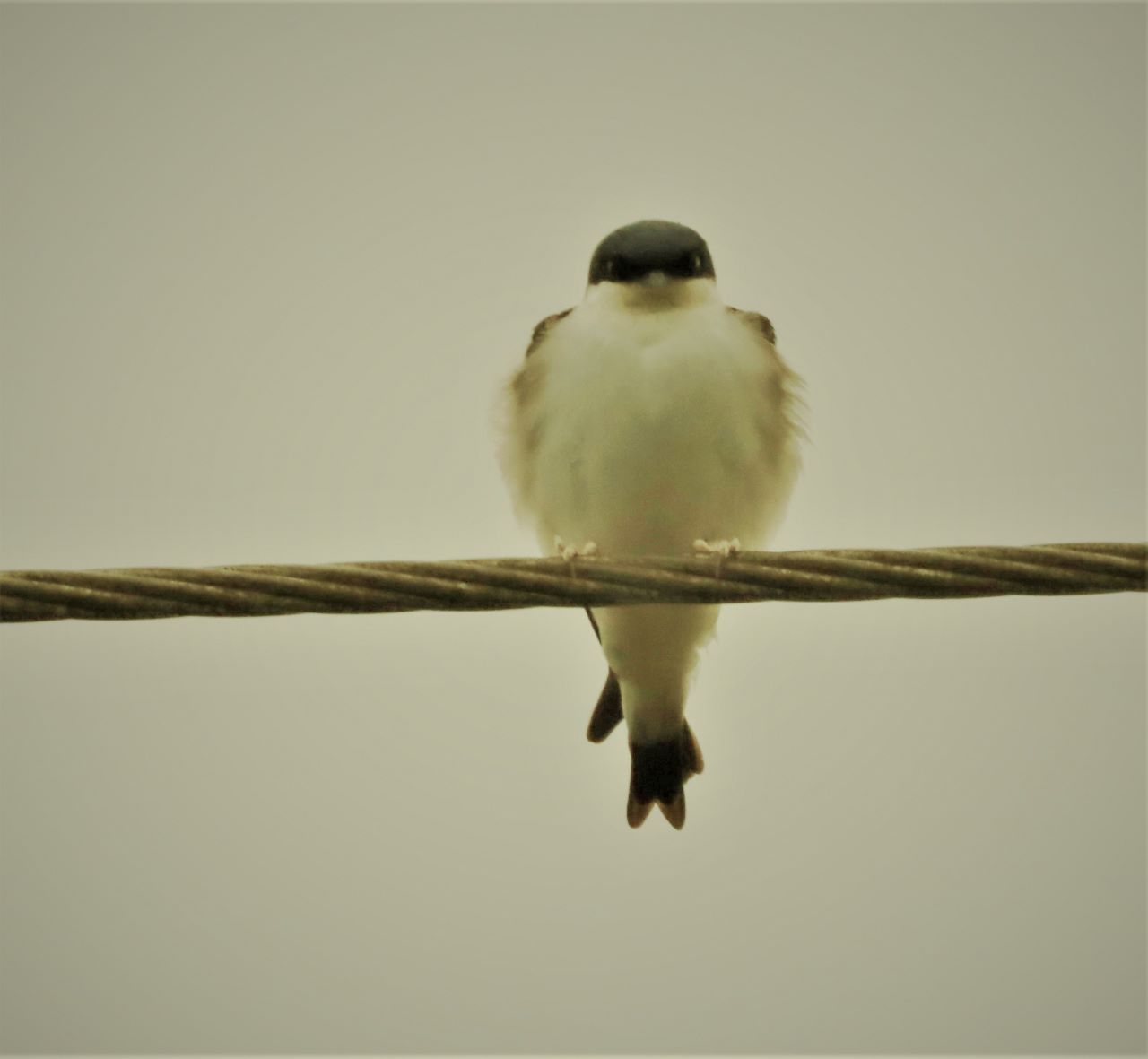
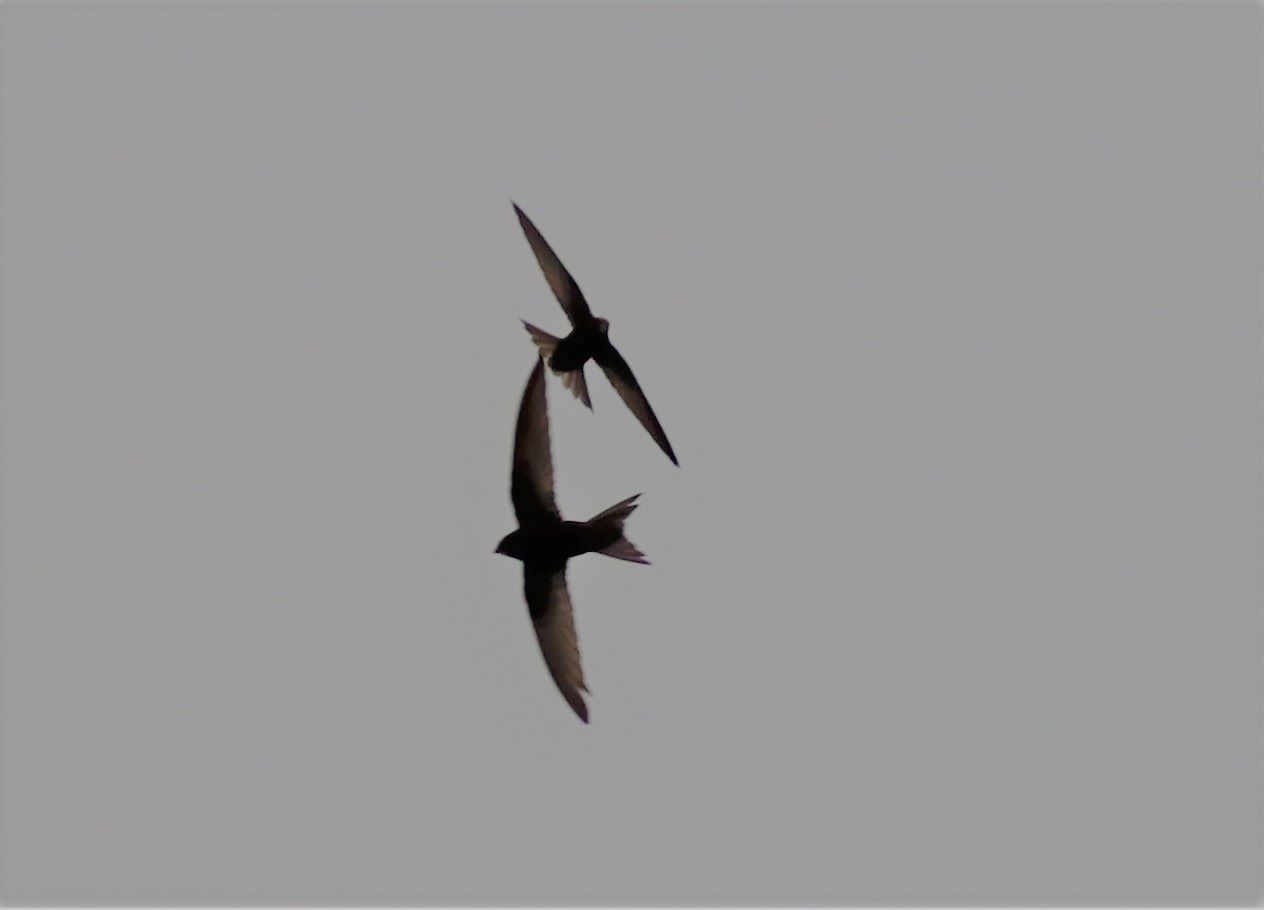


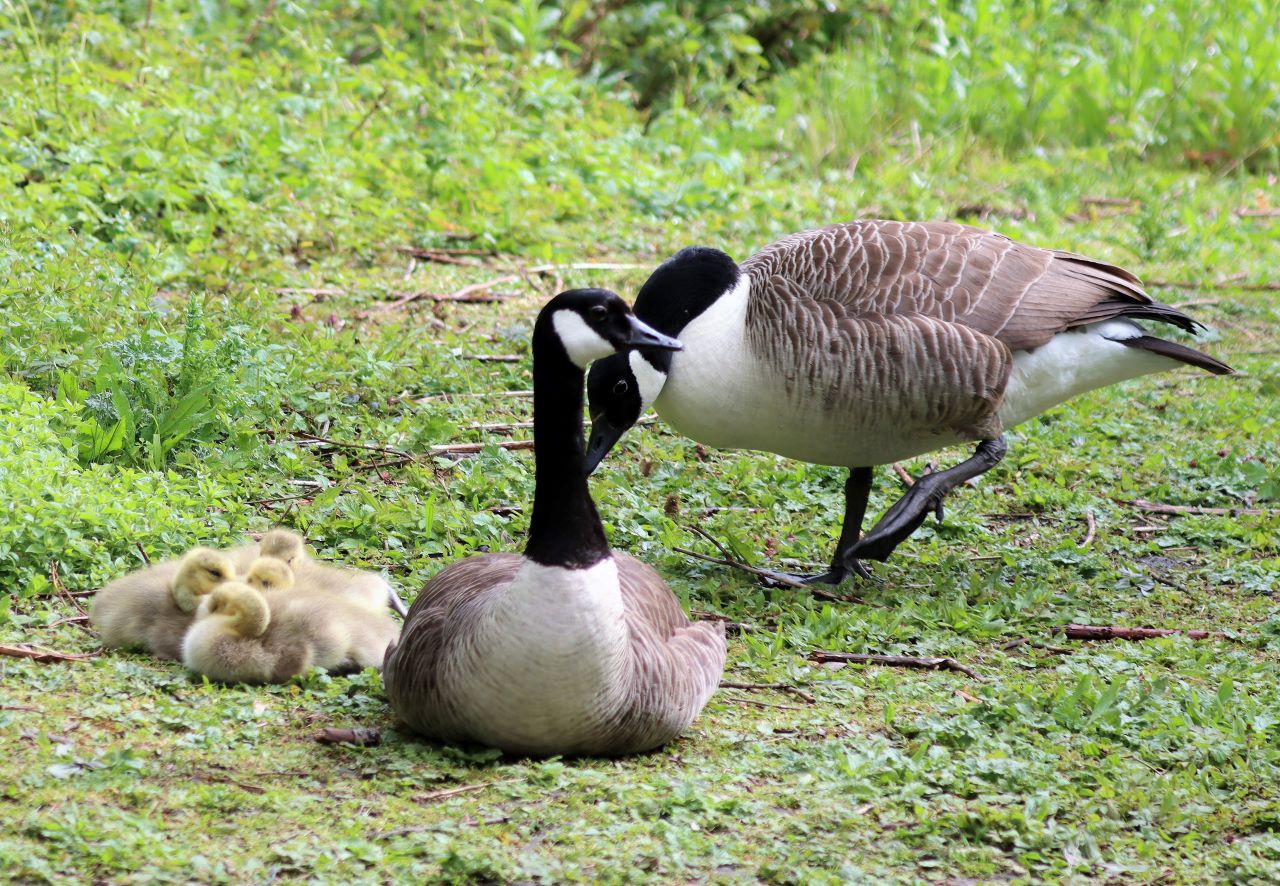



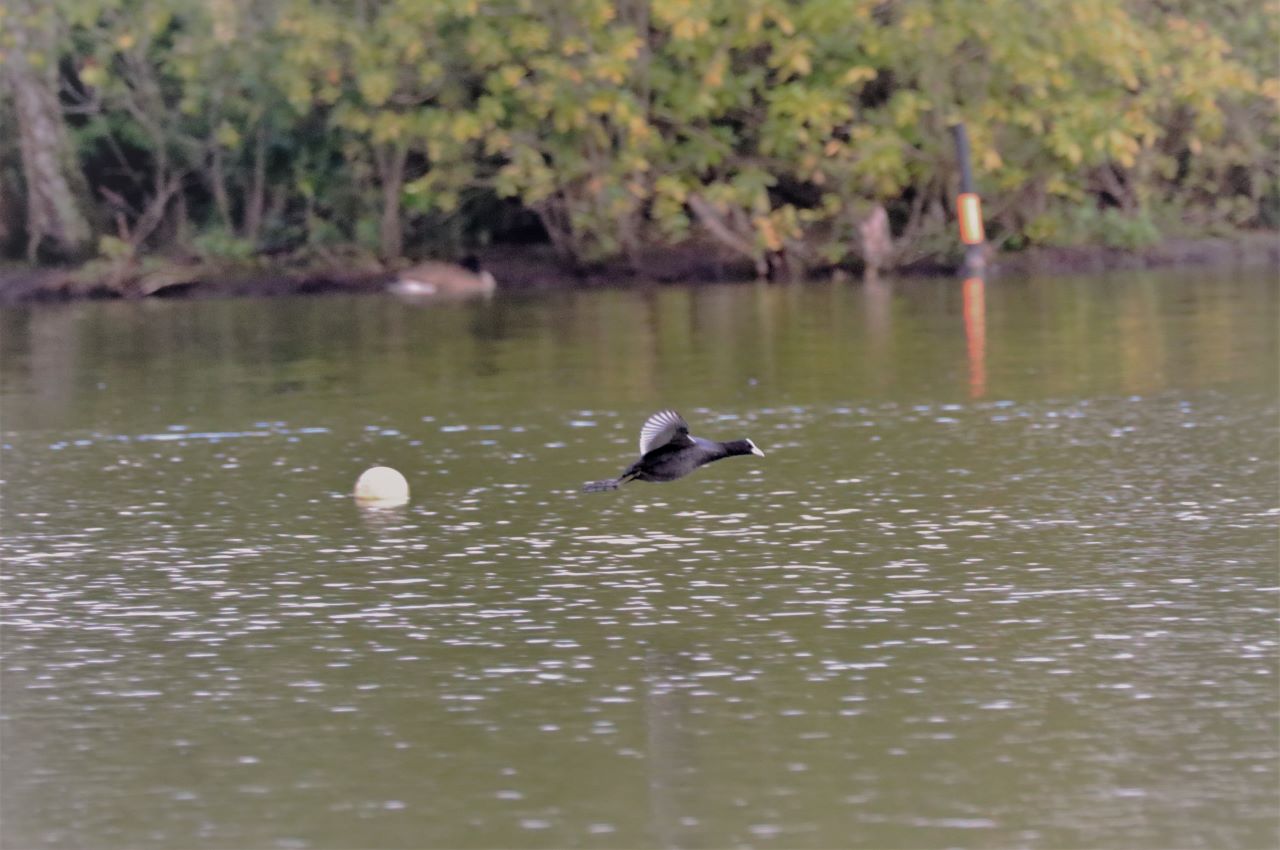
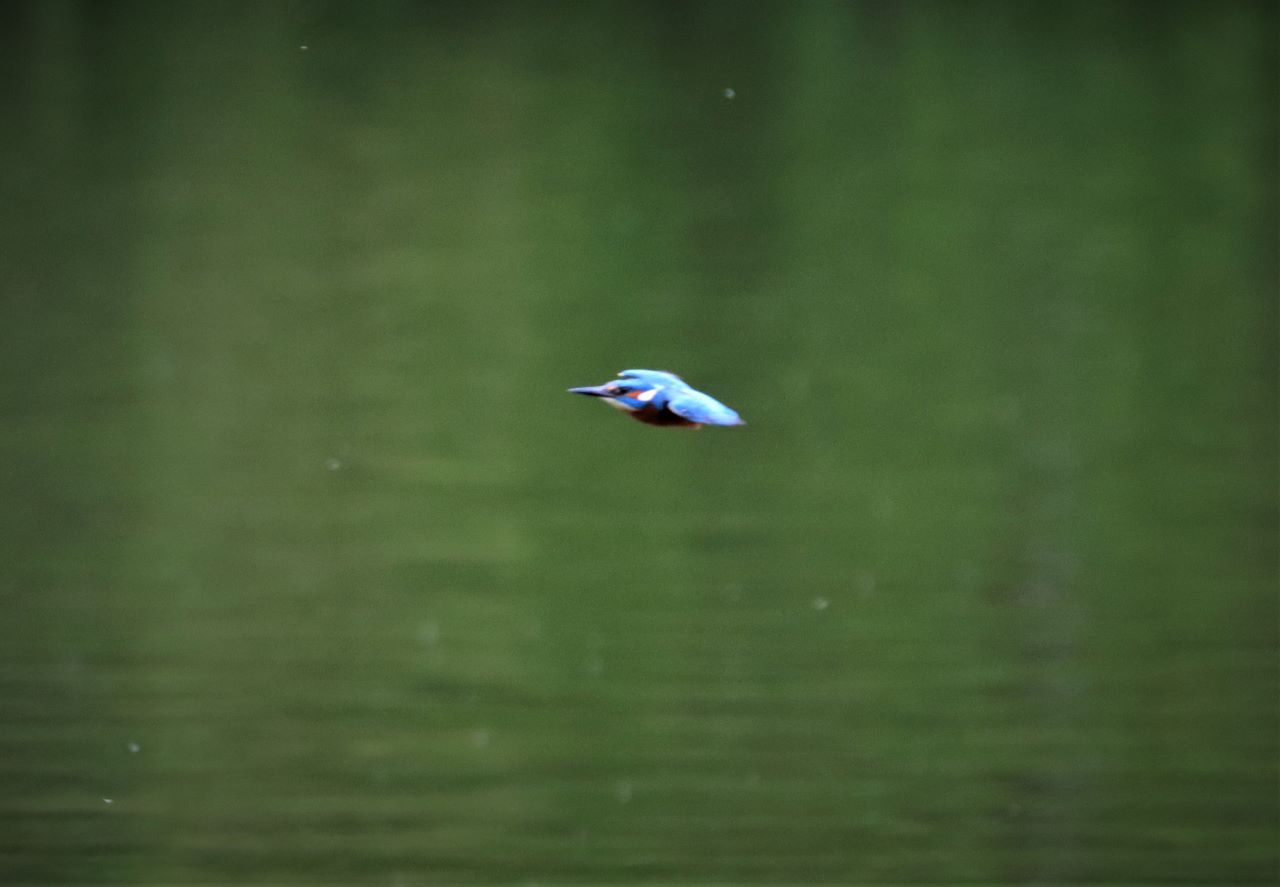

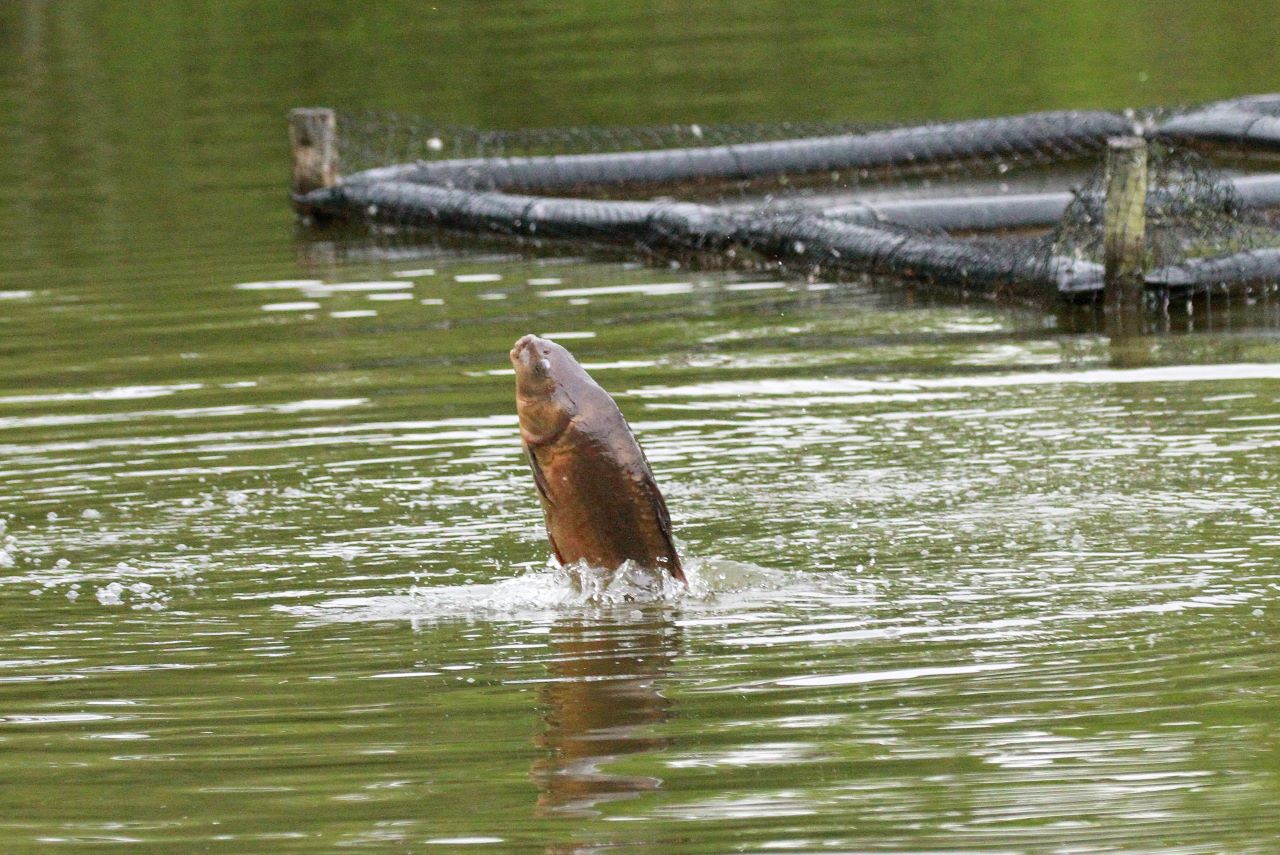
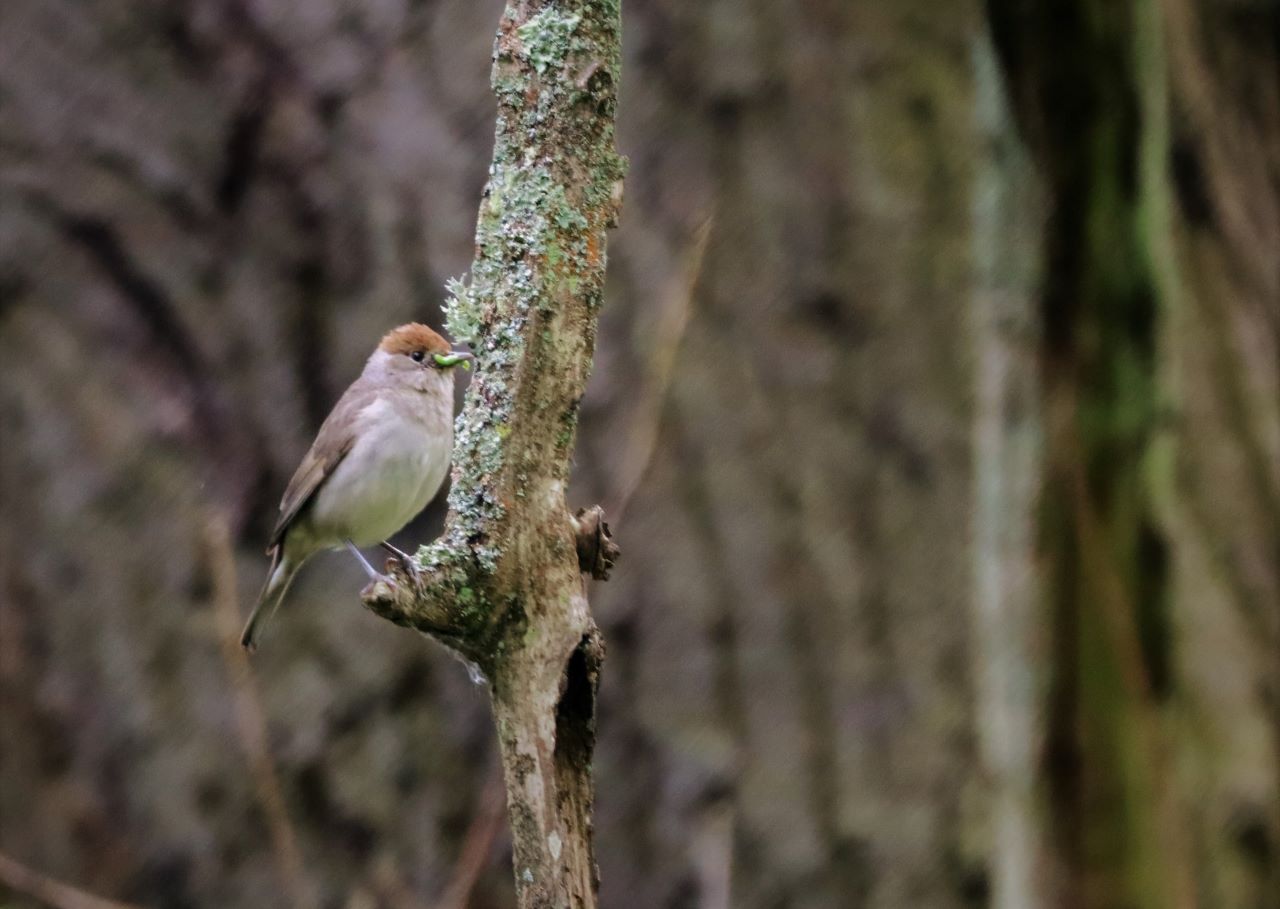
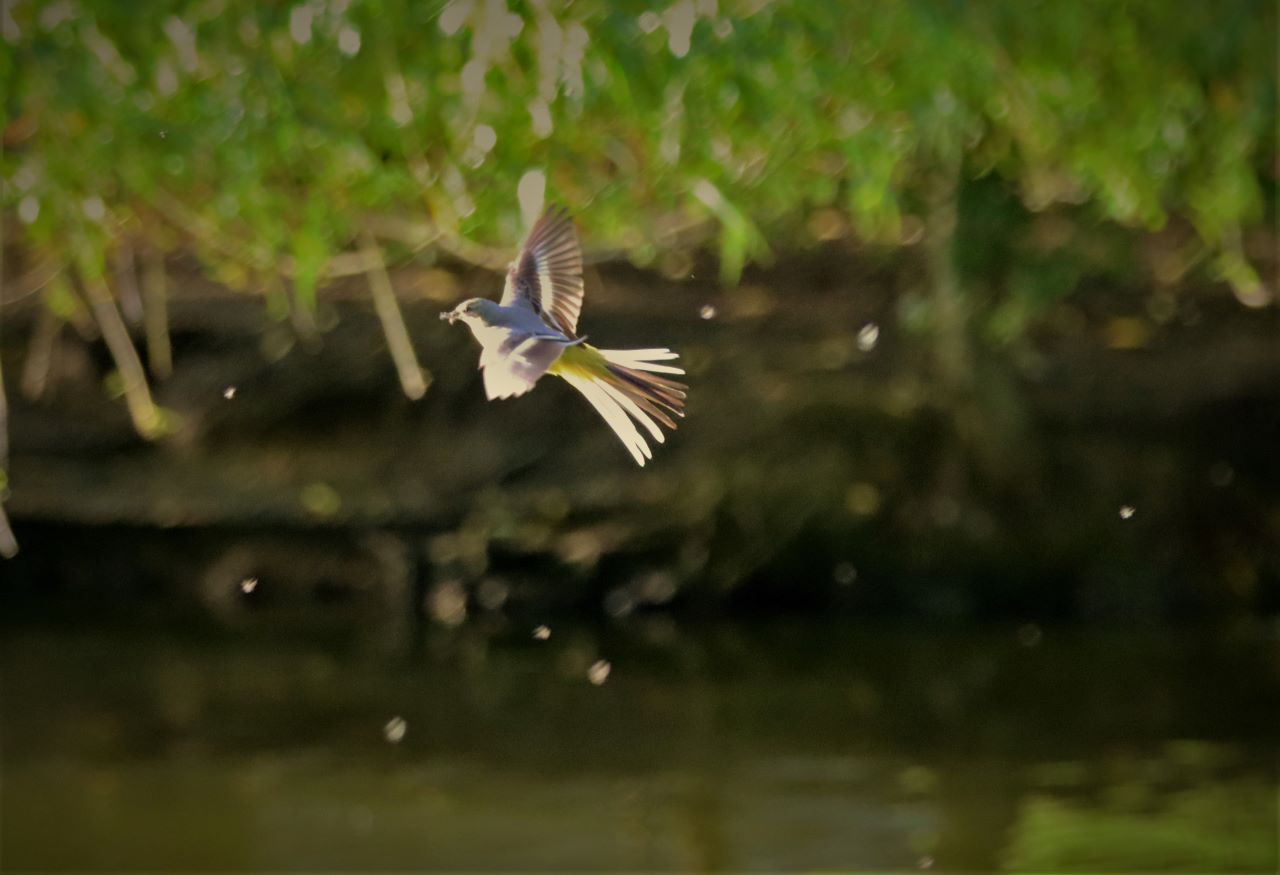
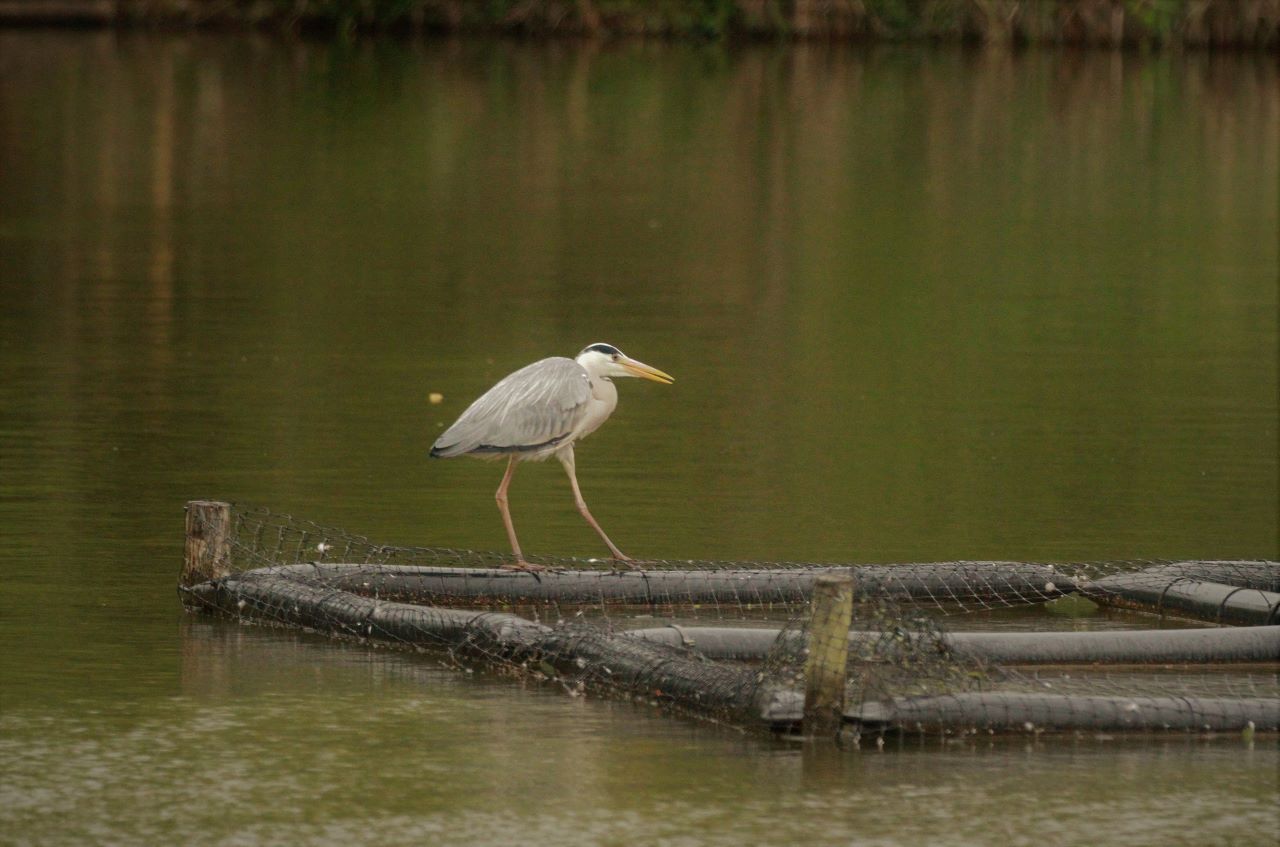

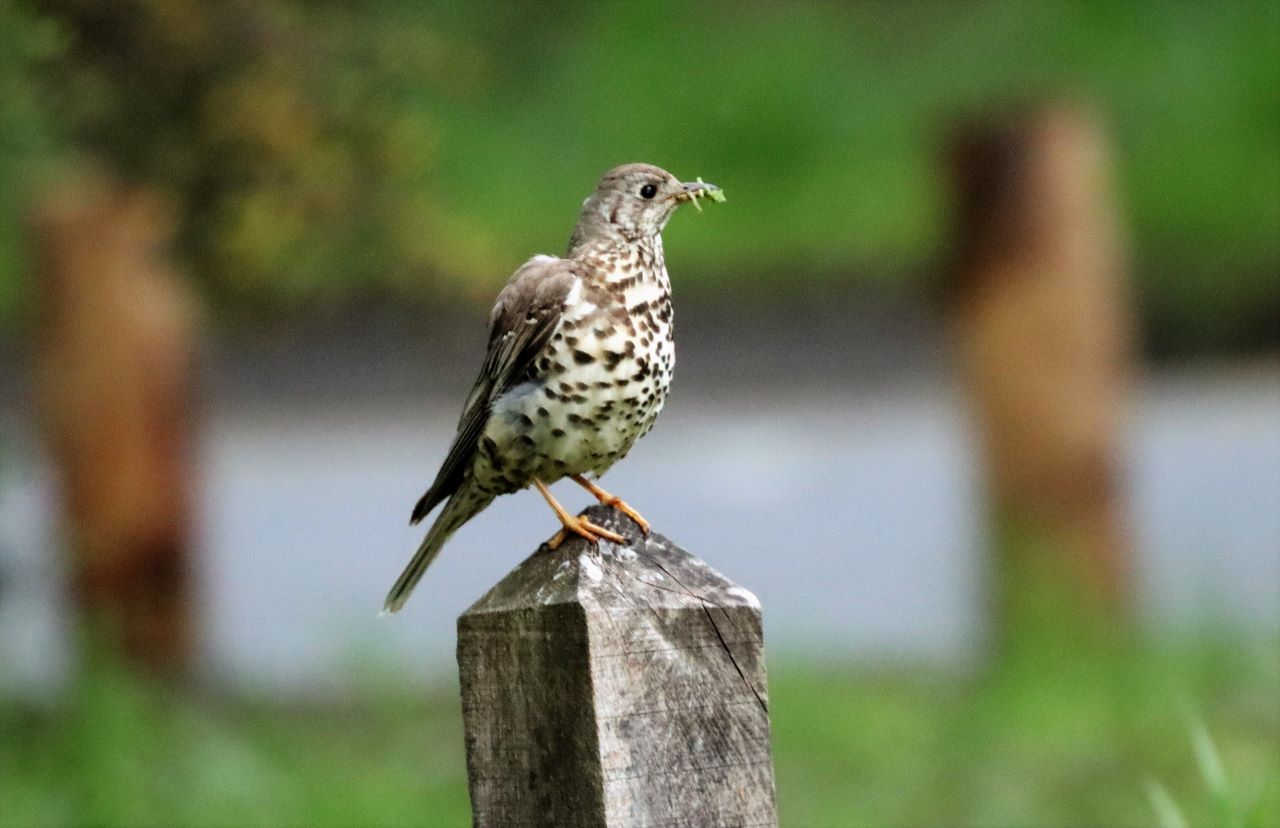
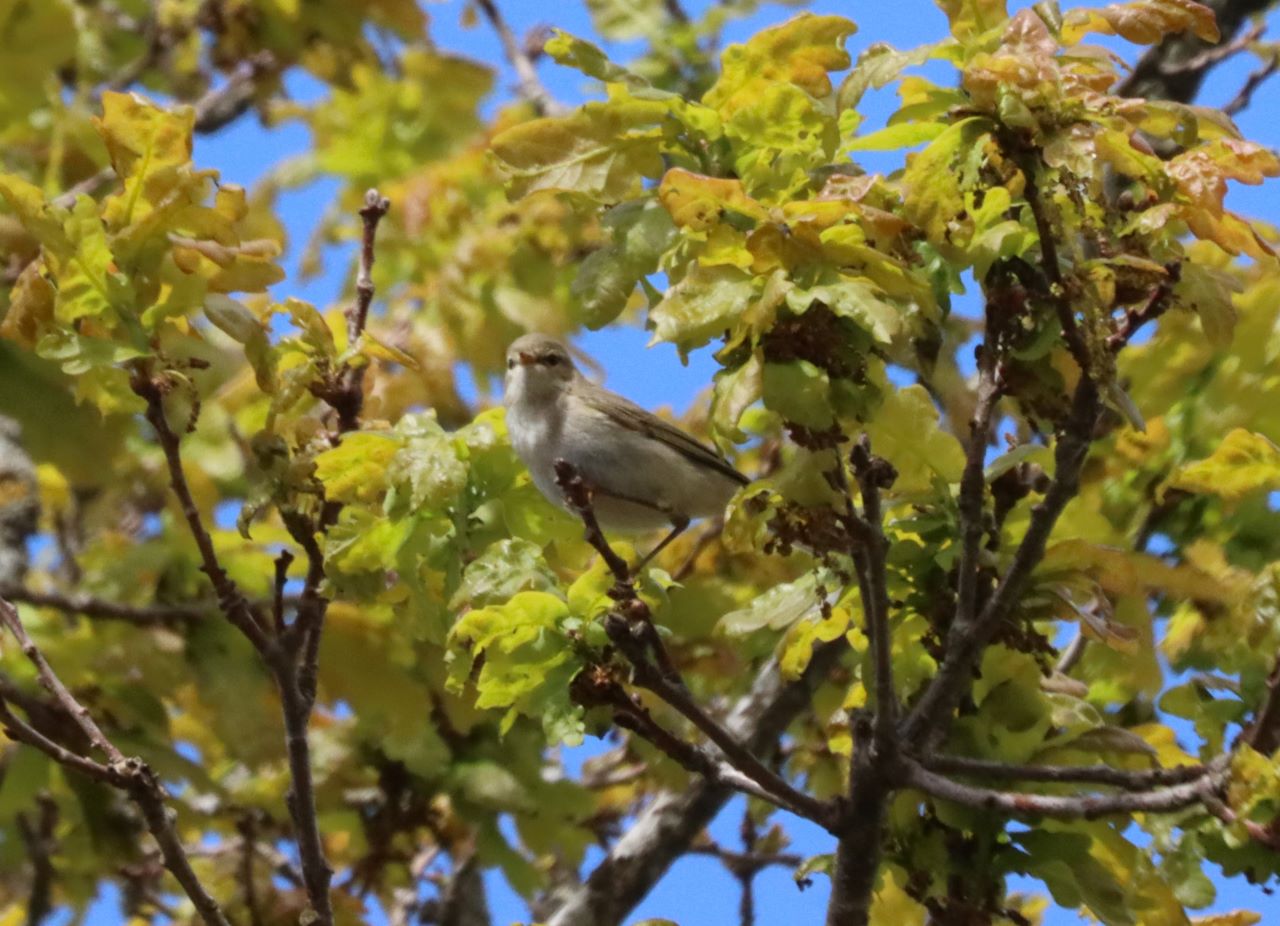


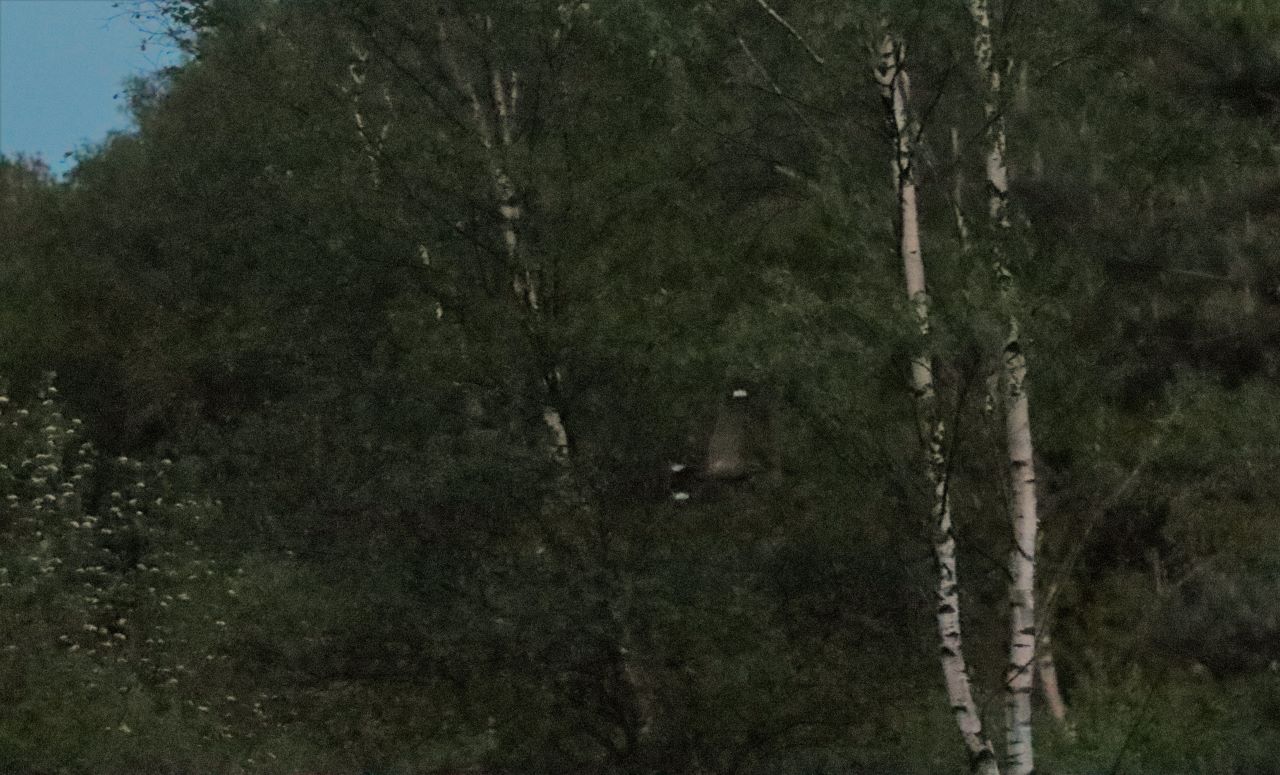
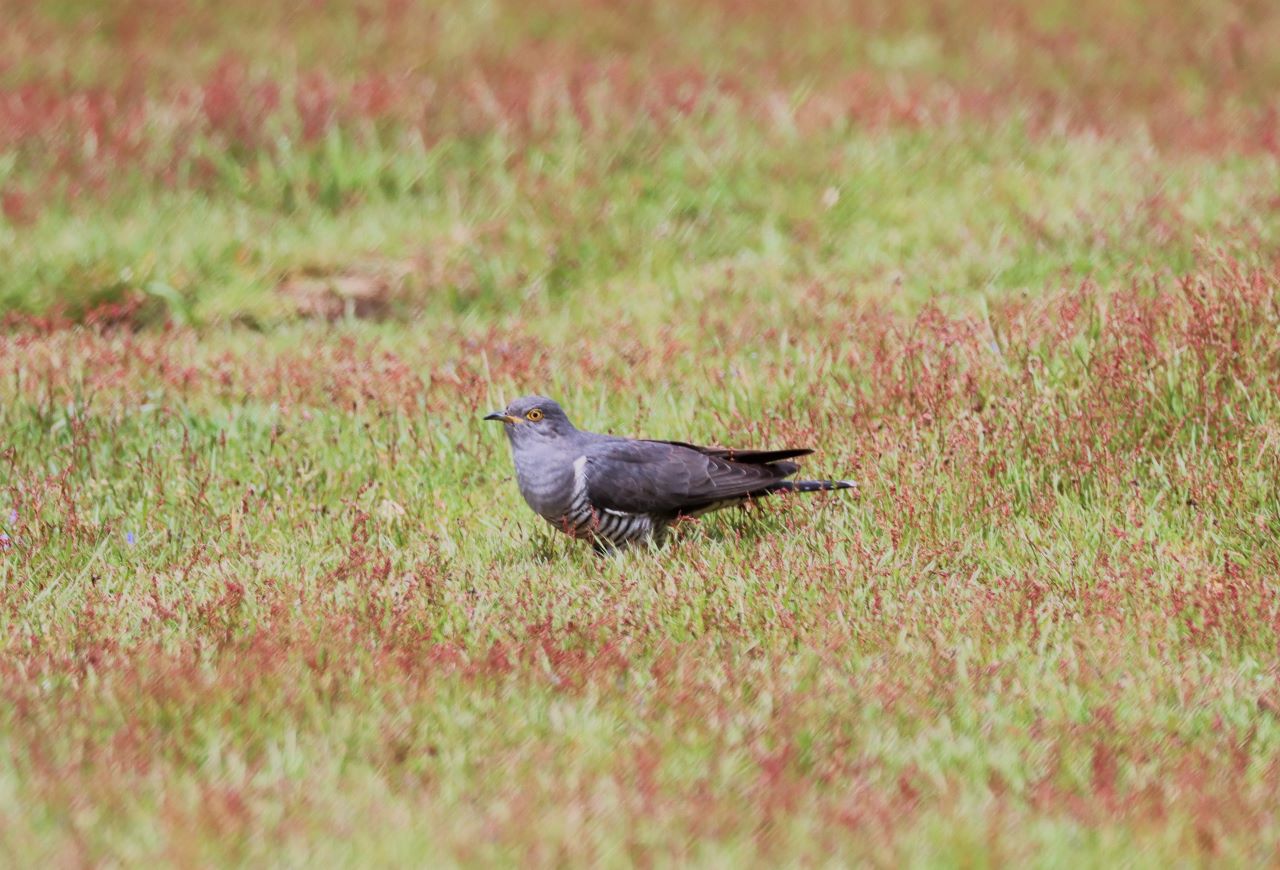
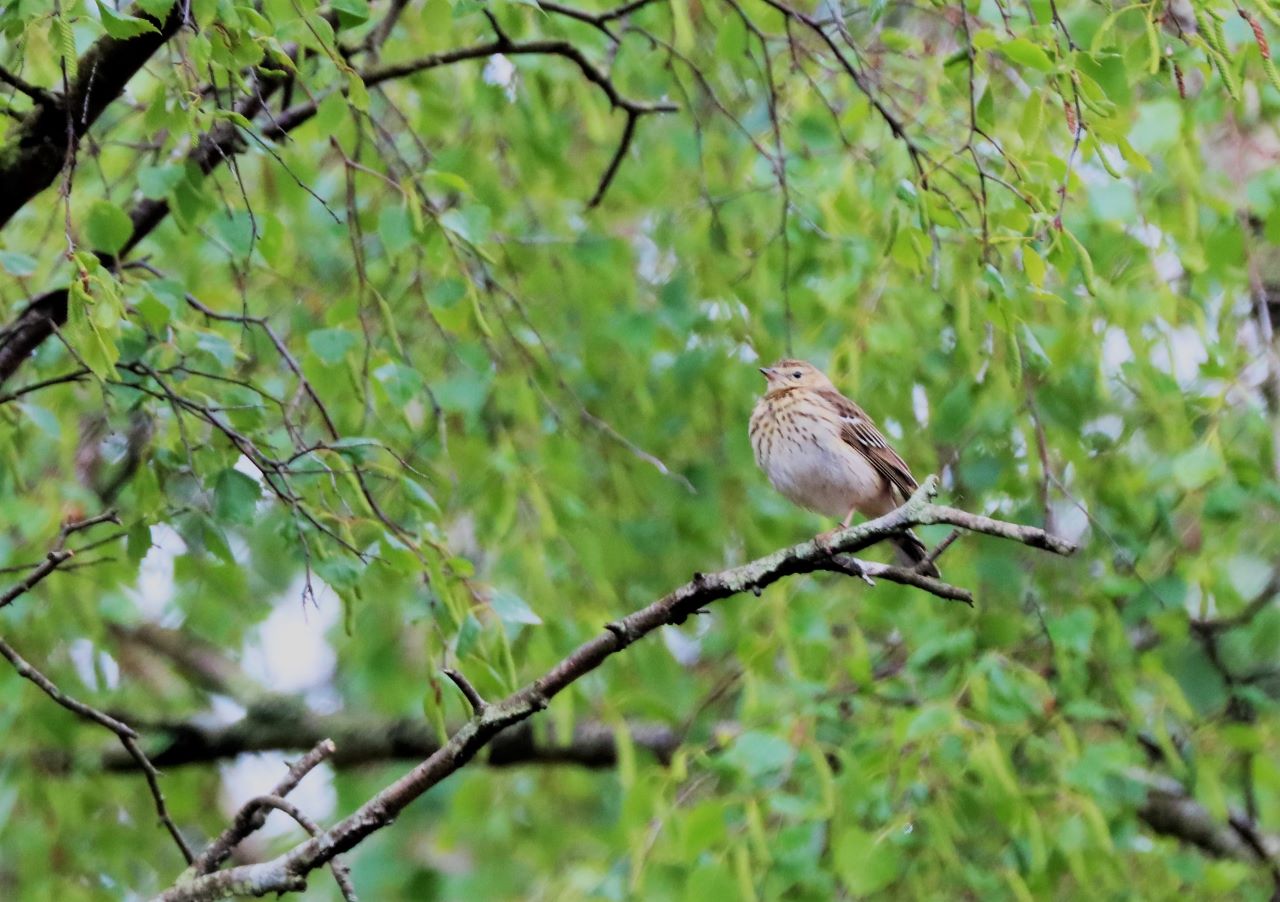


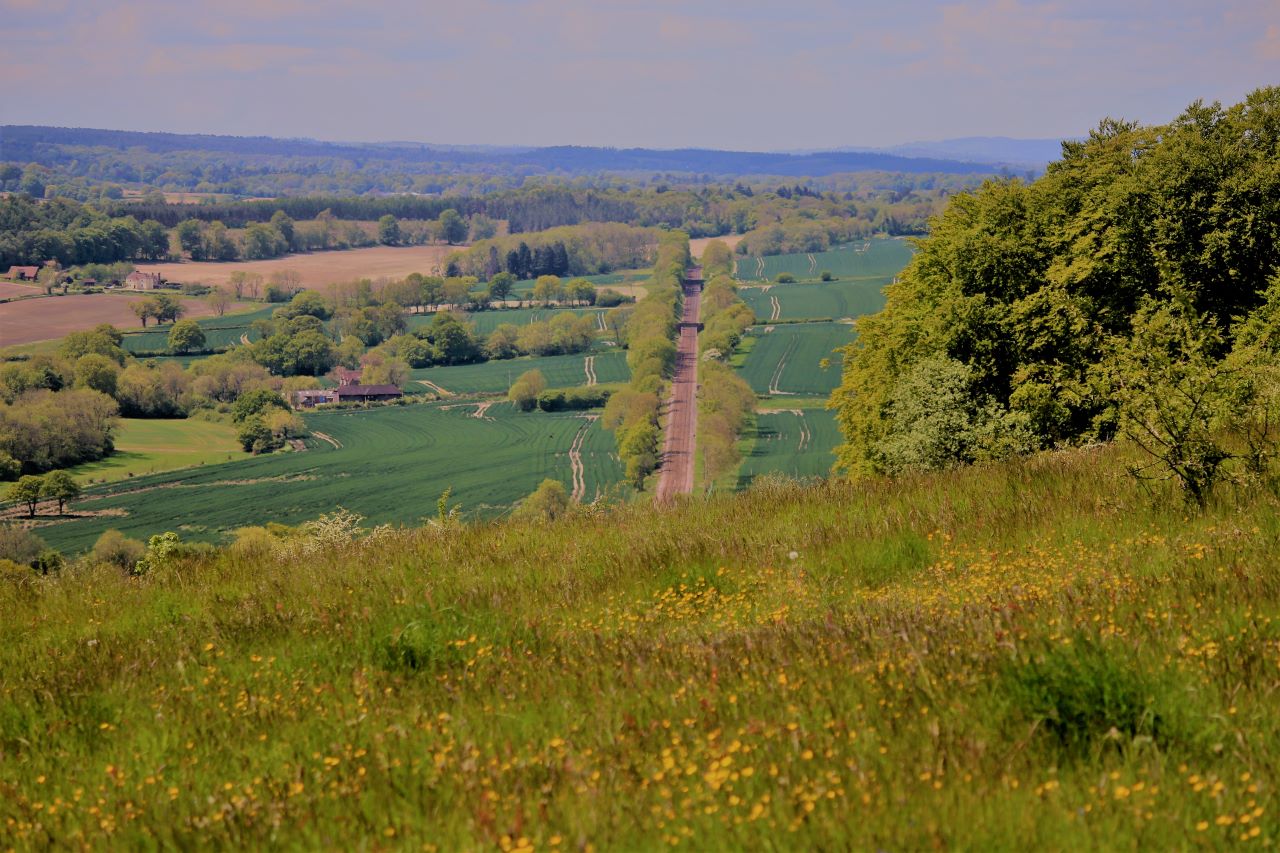

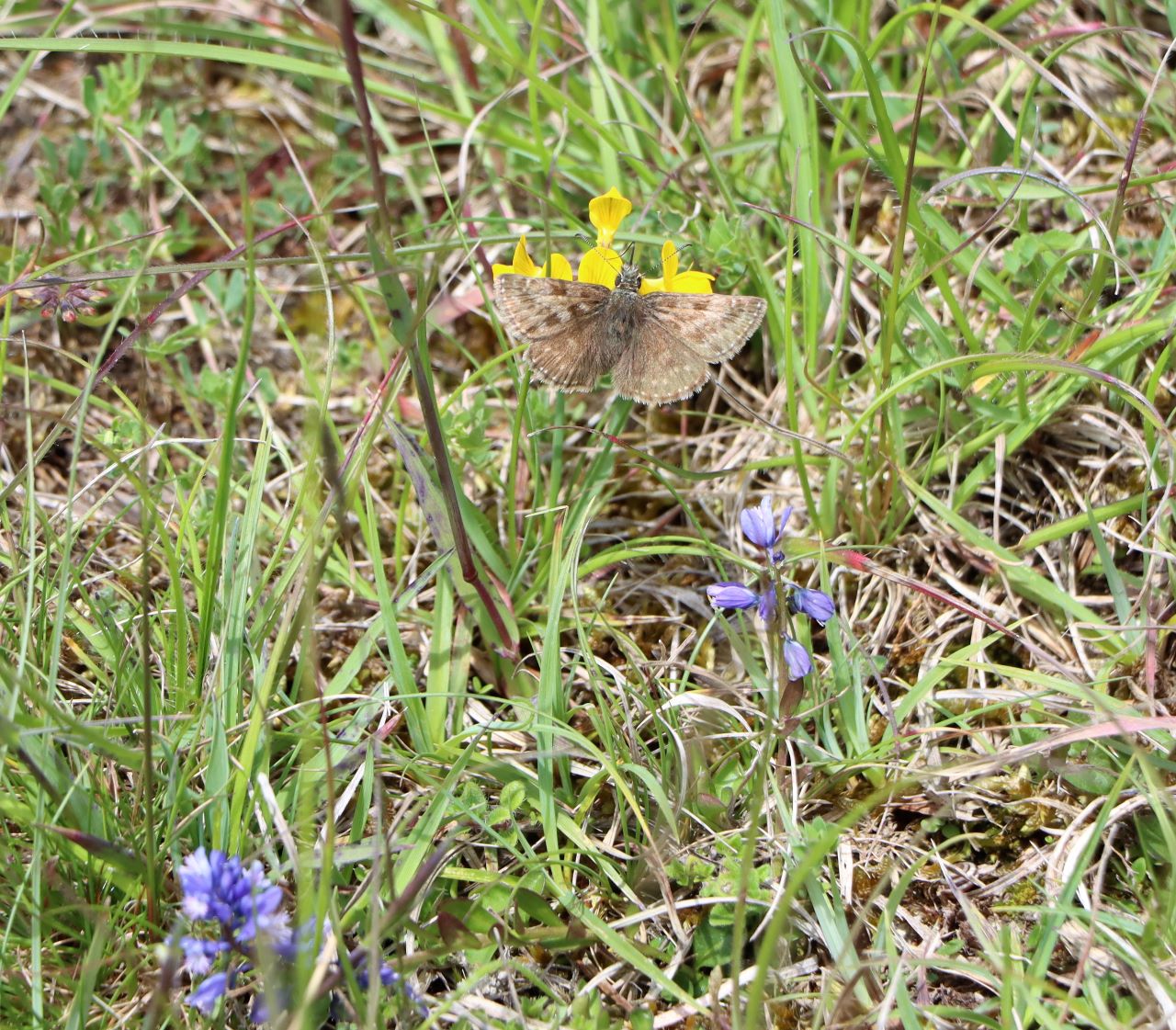
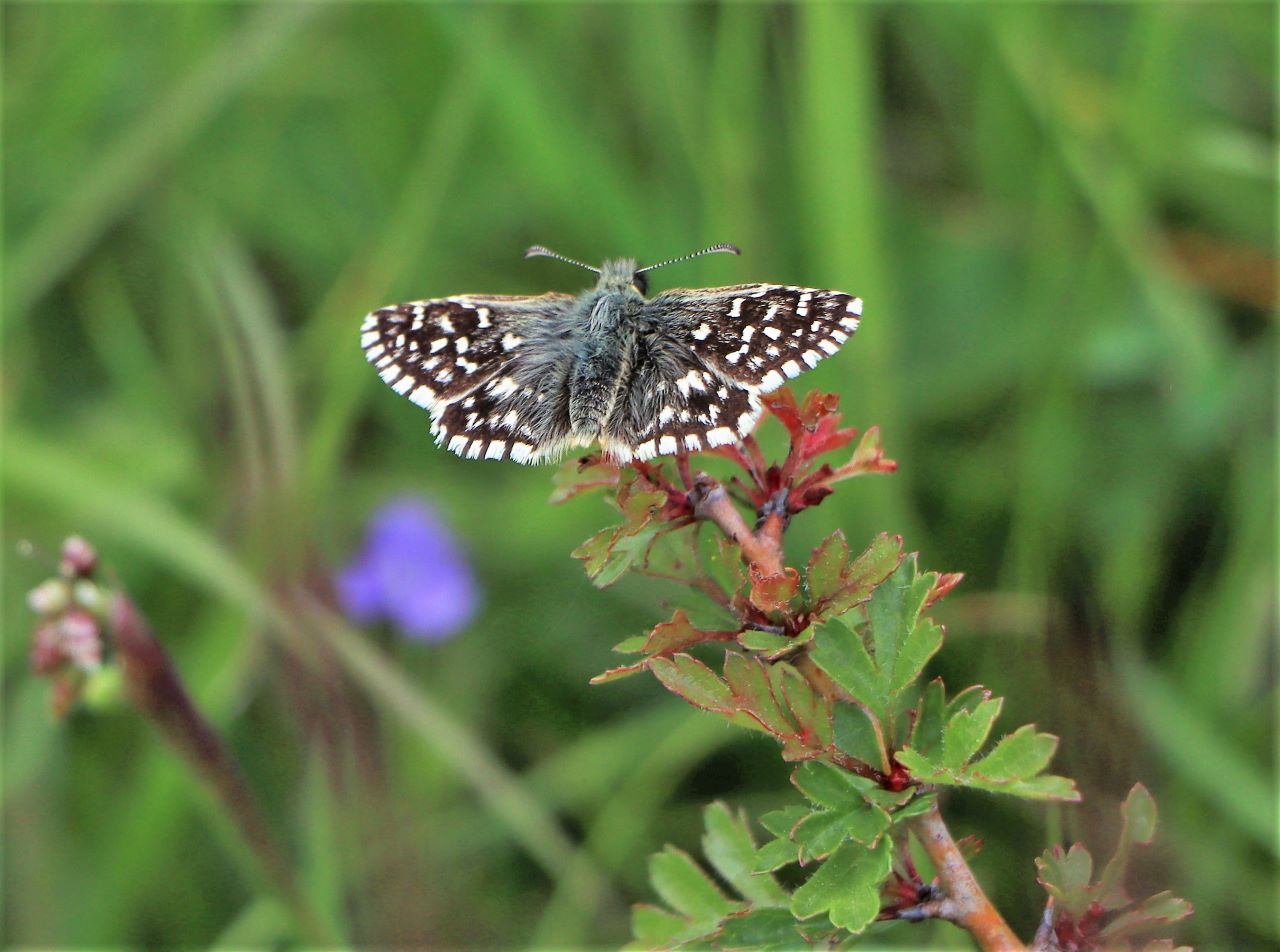
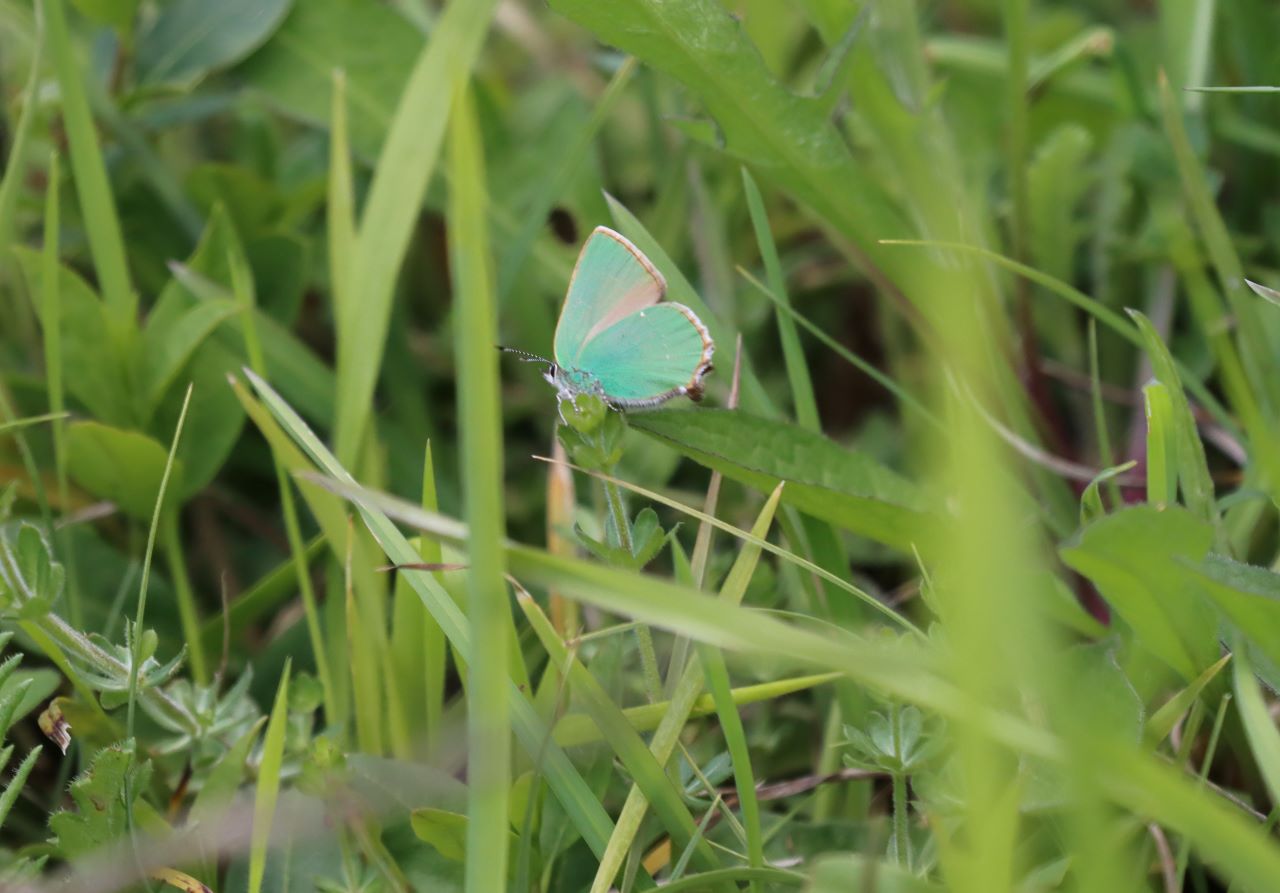

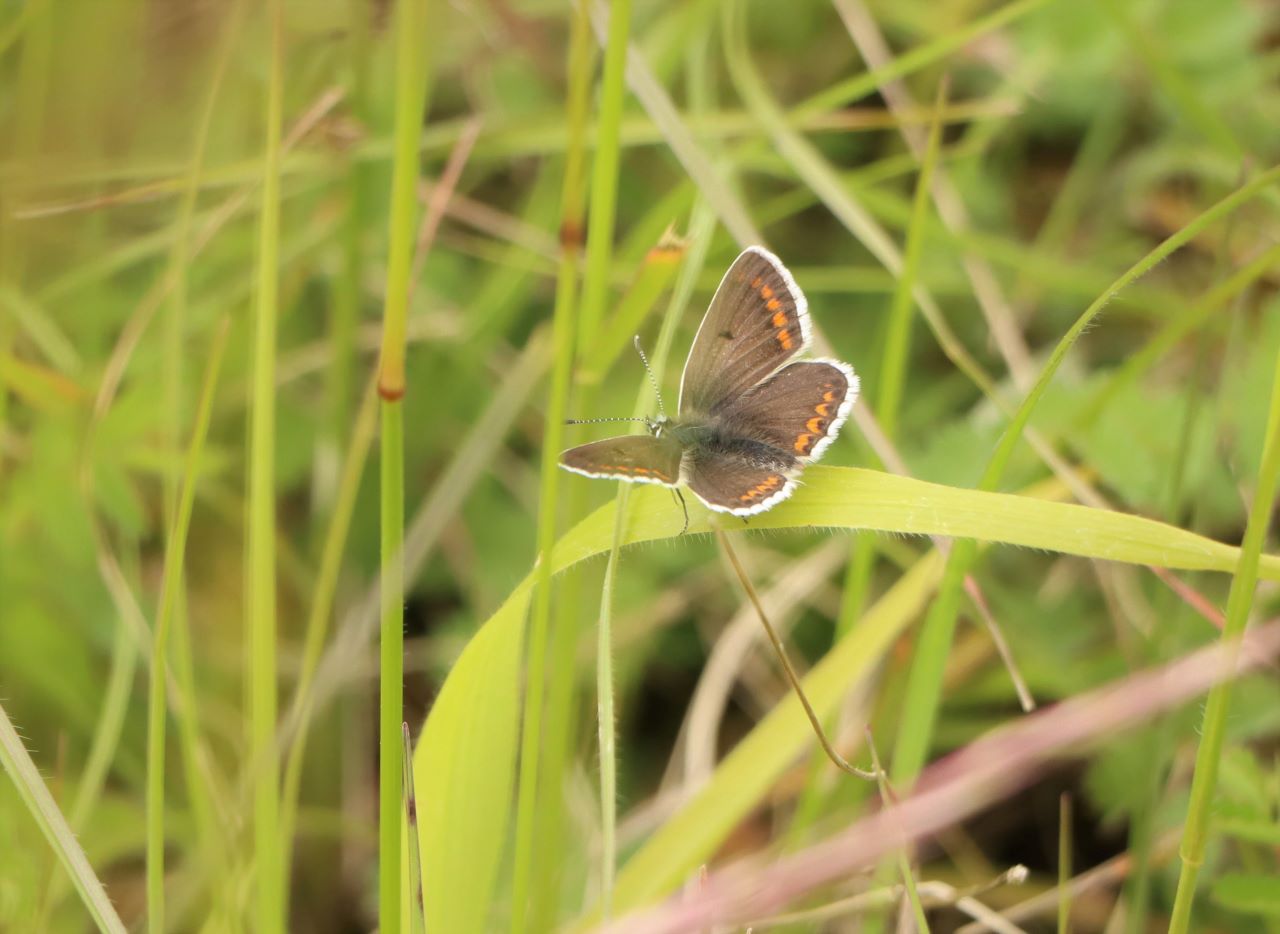
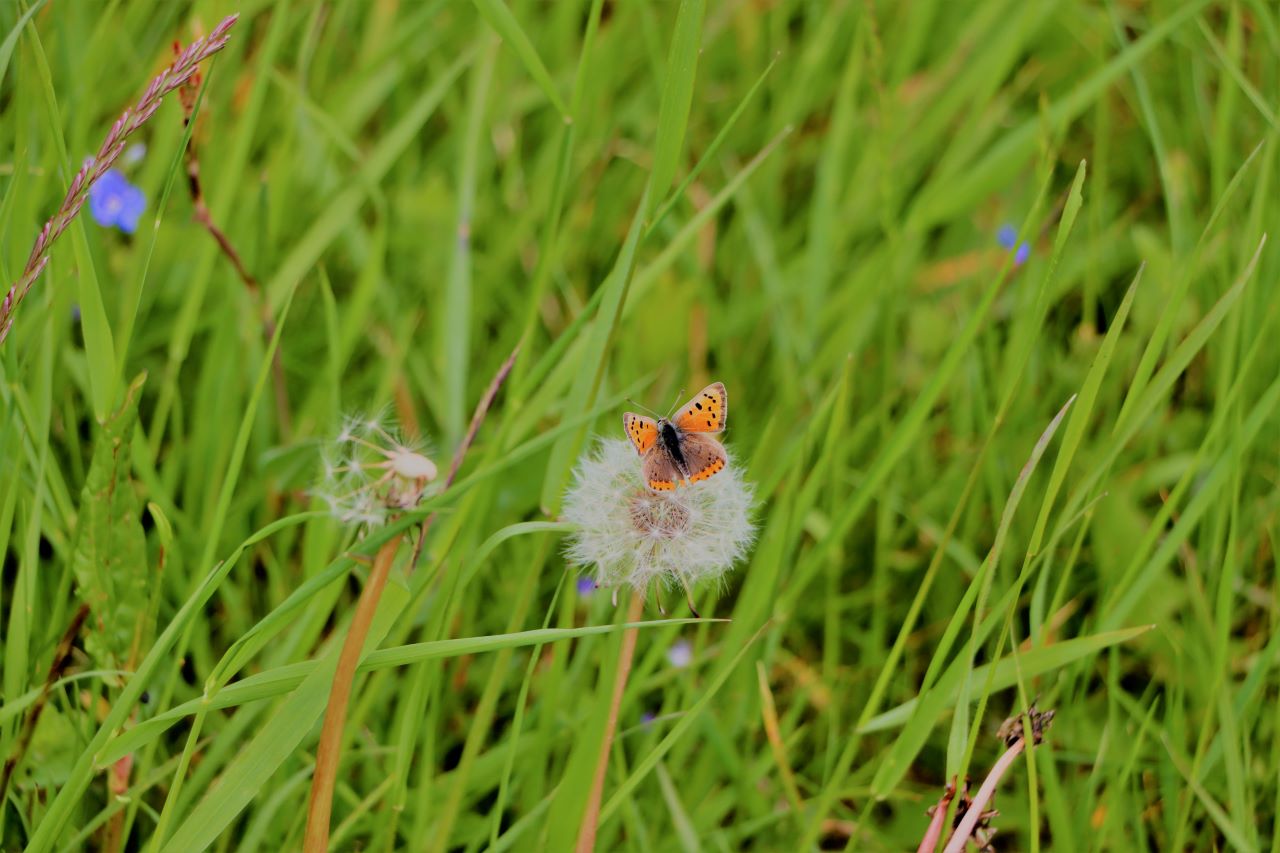













Recent Comments